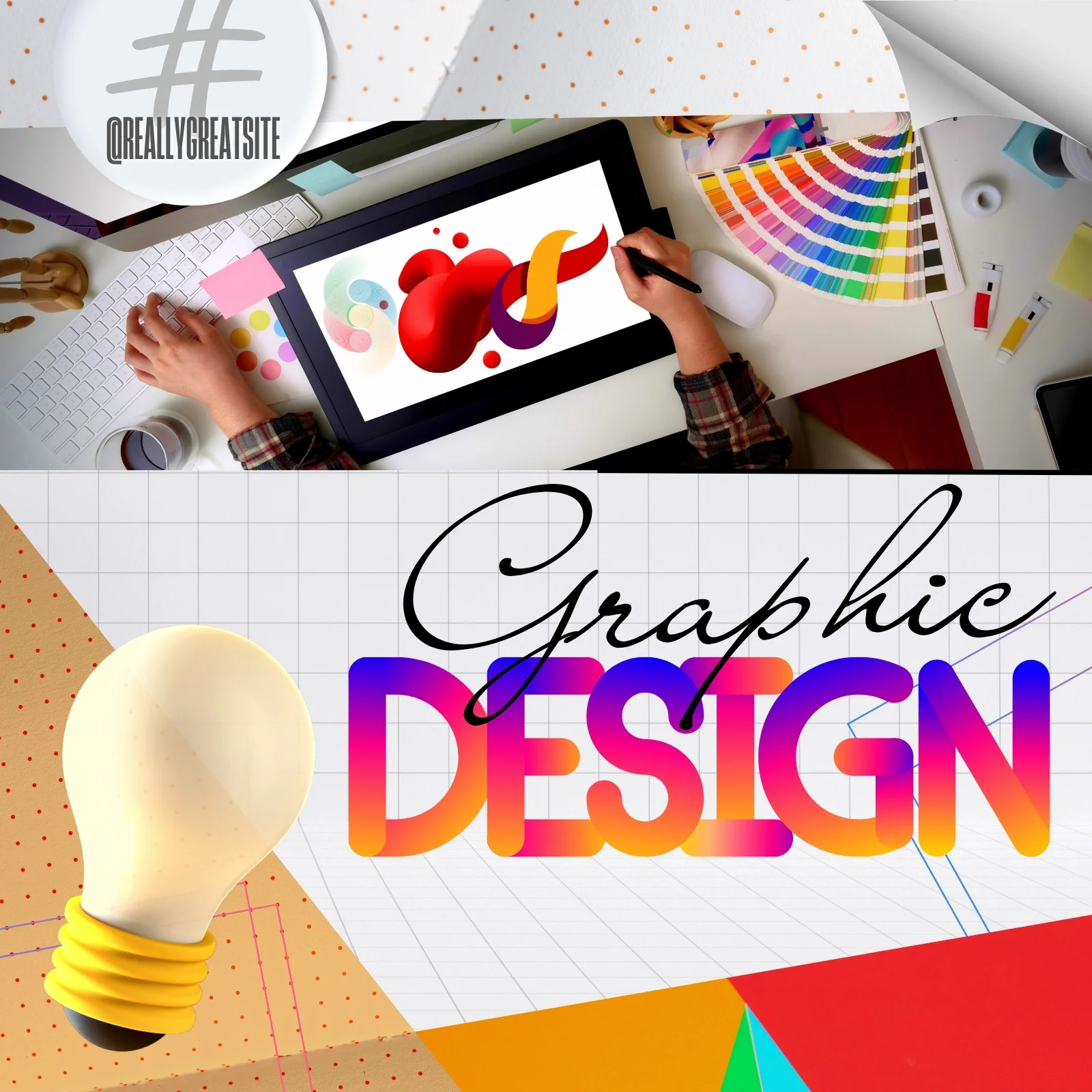
Graphic Design
Graphic design is a creative discipline that involves visually communicating ideas, messages, and information using a combination of images, typography, and layout. Graphic designers use their artistic and technical skills to create visual content for various mediums, including print, digital platforms, and social media. The goal of graphic design is to convey a message effectively, enhance the user experience, and create visually appealing and memorable designs.
Key Aspects of Graphic Design:
-
Visual Communication: Graphic design is a form of visual communication that combines images, symbols, and text to convey a specific message or evoke a particular emotion.
-
Typography: The art and arrangement of text elements, including fonts, sizes, and spacing, play a crucial role in graphic design. Typography enhances readability and contributes to the overall aesthetic.
-
Layout and Composition: Designers organize visual elements within a layout to create a harmonious and balanced composition. Effective layouts guide the viewer's eye and communicate information in a structured manner.
-
Color Theory: Understanding the psychology of color is essential in graphic design. Colors evoke emotions and convey meaning, and designers use color palettes strategically to enhance the visual impact of their work.
-
Brand Identity: Graphic design plays a key role in establishing and maintaining a consistent brand identity. Logos, business cards, and other brand collateral are crafted to reflect the personality and values of a brand.
-
Print Design: Graphic designers create materials for print, such as brochures, posters, business cards, and packaging. Print design involves considerations like resolution, color profiles, and print specifications.
-
Web and Digital Design: With the growth of online platforms, graphic designers create visuals for websites, social media, email campaigns, and other digital channels. Digital design requires an understanding of user experience (UX) principles.
-
Illustration: Graphic designers often incorporate illustrations or icons into their work to add a unique and personalized touch. Illustrations can simplify complex concepts or enhance the visual appeal of a design.
-
Photography and Image Editing: Graphic designers may work with photographs, applying various editing techniques to enhance or manipulate images to fit the overall design concept.
-
User Interface (UI) Design: In the realm of digital design, UI designers focus on creating visually appealing and user-friendly interfaces for websites and applications. This involves considering user interactions and navigation.
Graphic design is a versatile field that bridges the gap between creativity and communication. Whether it's creating a brand logo, designing a website layout, or producing marketing materials, graphic designers play a pivotal role in shaping the visual identity of businesses and organizations.
